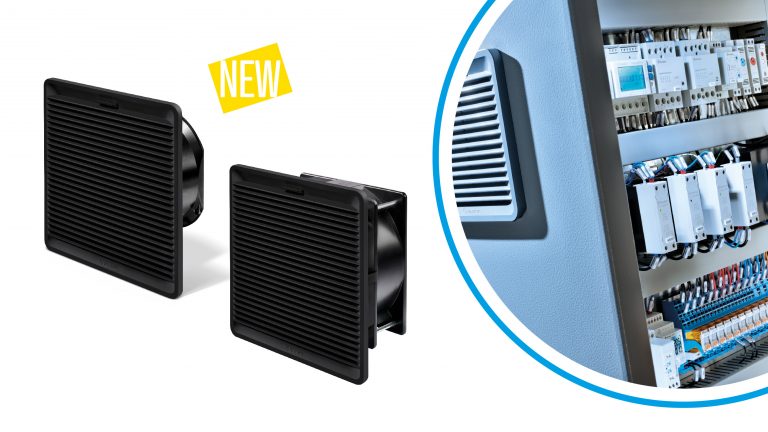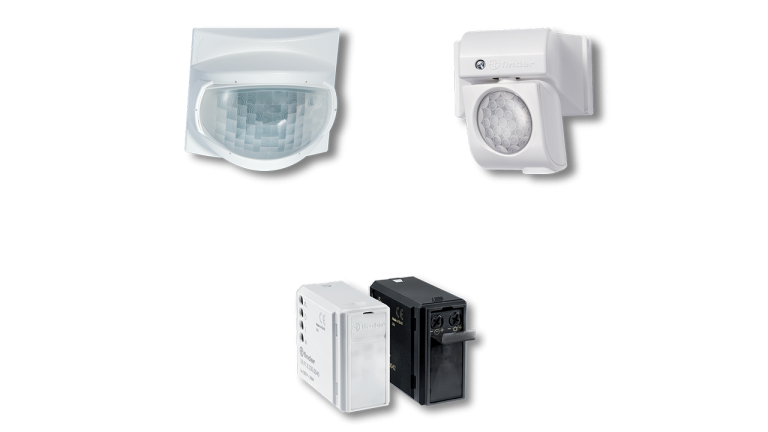PIR sensor range – Light when and where you need it with Finder
Light is synonymous with safety and you always need it wherever you are. Whether at work or at home, whether outdoors or indoors, with a movement and presence PIR sensor from Finder, you will always have just the right amount of light.
What is a PIR sensor for?
A passive infrared sensor (PIR sensor) is an electronic sensor that measures infrared light radiating from objects in its field of view. They are most often used in PIR-based movement detectors.
Finder’s movement detectors will automatically switch on the lights as soon as someone passes by. This avoids the necessity of installing switches to control the lighting, especially in places such as garages and stairways. Also, when fitted in strategic locations and correctly integrated within a lighting system, movement detectors can be an effective deterrent for intruders.
How does a PIR sensor work?
A PIR movement sensor/detector is designed to switch on the light automatically every time the sensor detects even the slightest movement. In a crowded room, where lots of people are coming in and out, the motion sensor will continue to detect movement and the light will remain on. It will go off when the last person present moves outside of the sensor’s area of survey, and when the time scheduled for the light to remain on has elapsed.
A PIR sensor operates using positive differential change. Two IR-sensitive slots sit in front of the lens, with their field of “vision” determining the range of detection. While ‘idle’, the ambient level of infrared detected in the room (naturally emitted by all objects) is the same on both slots. The minute an object, person or animal moves through the detecting zone, it is sensed by one of the slots before the other, causing a positive differential as it passes by, and a negative differential change as it leaves the area.
Finder’s movement and presence and PIR sensors have been designed in line with our “light whenever you need it” maxim. Thanks to their wide field of view and the sensitivity of their lenses, Finder detectors provide unbeatable convenience. They are small, inexpensive, low-power, easy to use and don’t wear out. For that reason, they are commonly found in appliances and gadgets used in homes or businesses.
NO WASTED ENERGY
Turning on lights only when they are needed provides substantial energy and cost savings in busy areas and spaces that are used at specific times of the day, such as schools, offices, corridors, staircases, and garages.
What is the difference between PIR sensor and movement/motion sensor?
PIR is a technology that detects a changing (moving) thermal signature, for example, a person walking down a corridor or a dog chasing a ball. They are commonly used within movement/motion sensors in commercial security systems, which reports potential unwarranted movement and threats. If heat and movement are detected within the detection zone, the sensors will trigger an alarm.
A movement/motion detector is an electrical device that utilises a sensor to detect nearby motion. It is usually integrated as a component of a system that automatically performs a task or alerts a user of motion in an area. Movement sensor and Motion sensor are both descriptions of the task – not the technology performing it.
Finder’s movement and presence and PIR sensor range
Finder’s 18 Series is a range of fourteen movement and presence PIR sensors in both indoor and outdoor versions, for ceiling and wall mounting.
Finder’s range includes:
- Internal movement detectors for ceiling mounting (Type 18.21 (see the picture), Type 18.31, and Type 18.41).
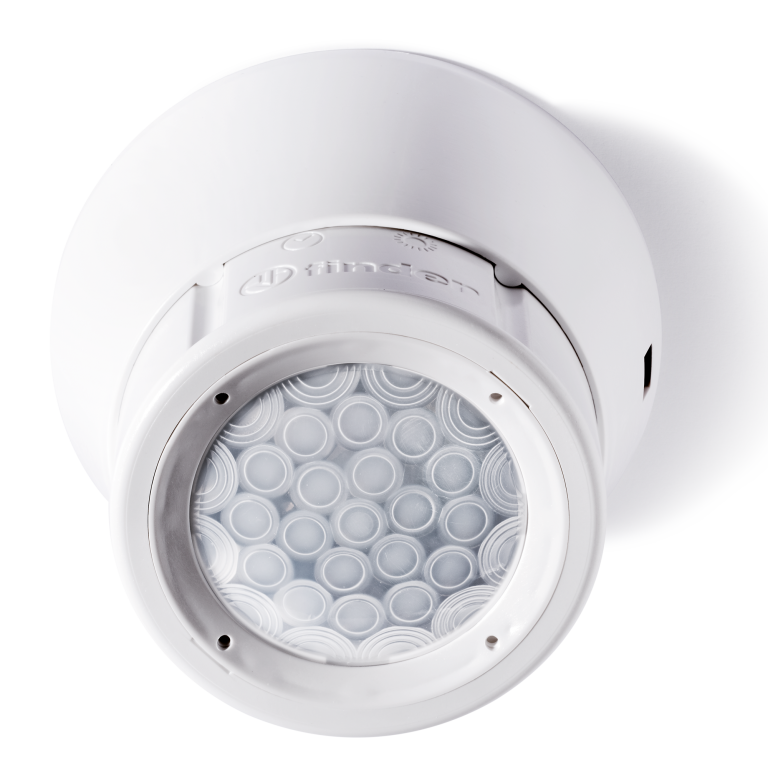
- Internal SMART presence detectors for ceiling mounting (Type 18.51.)
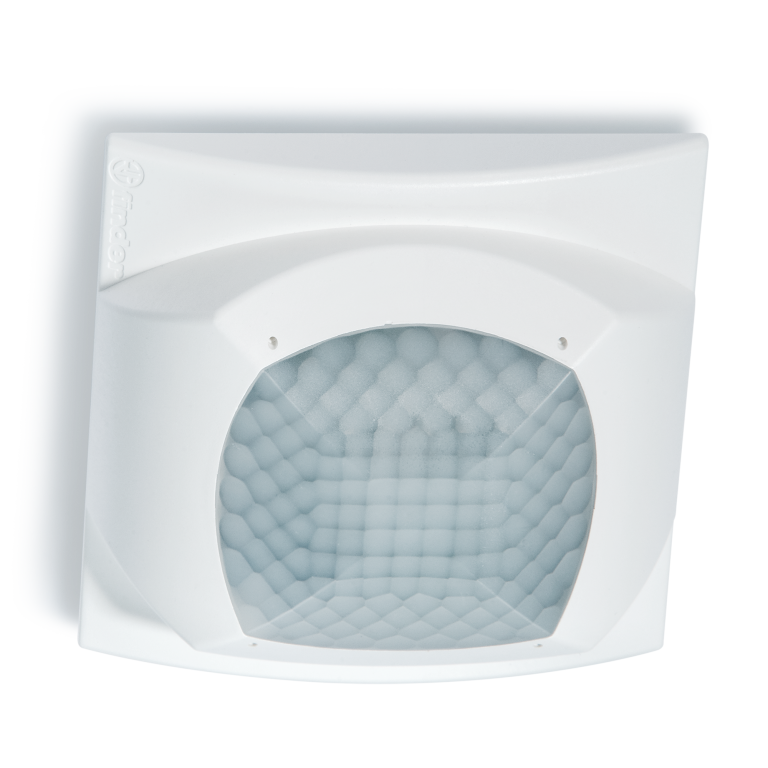
- Adjustable internal/external movement detectors for wall mounting (Type 18.11 (see the picture), Type 18.A1, and Type 18.01).
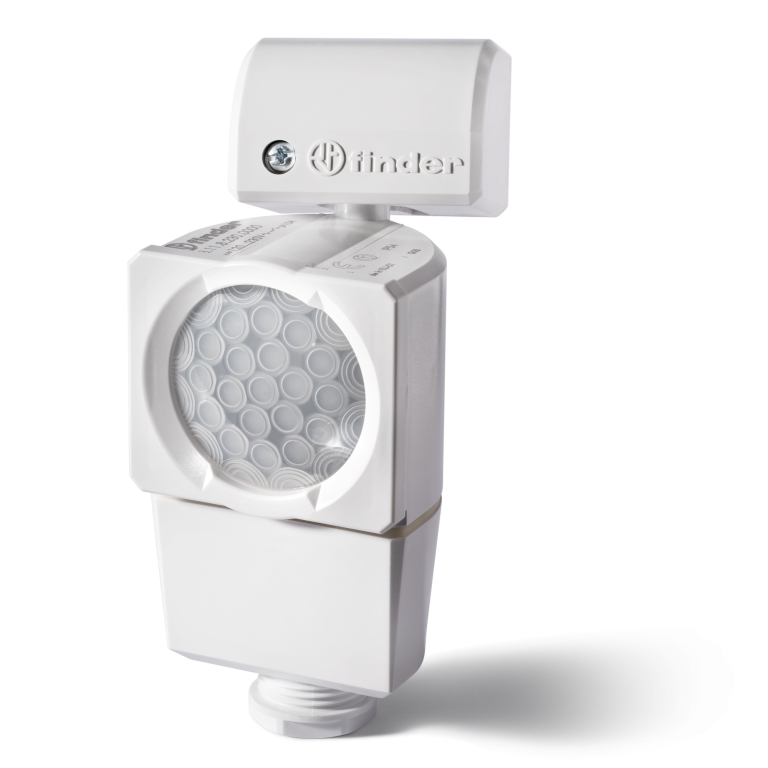
- Internal movement detectors for wall mounting (Type 18.61 (see the picture) and Type 18.91).
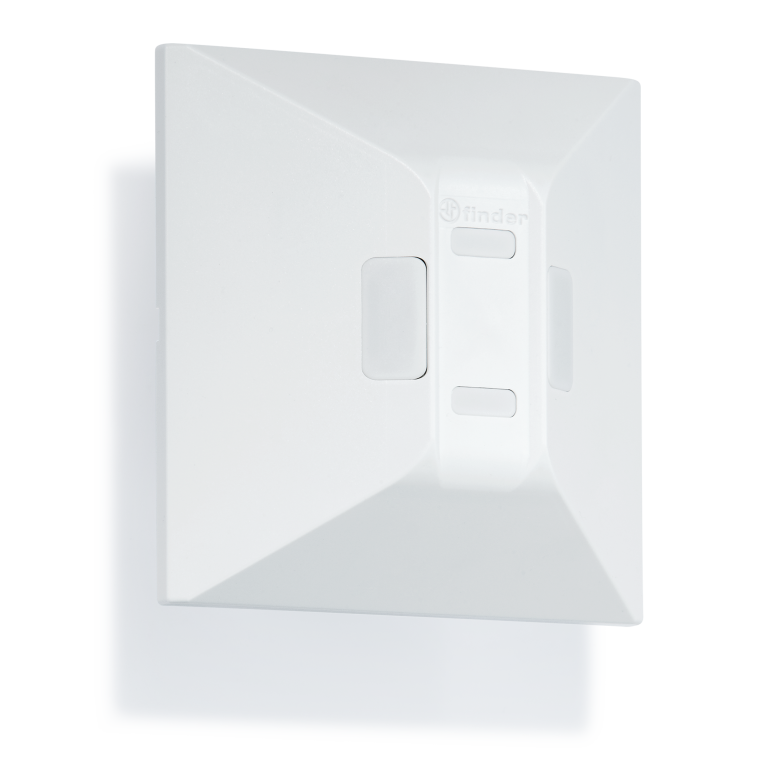
Features of these devices include (according to Type):
- Small size
- Twilight sensor and delay time
- Versions with DALI interface (Type 18.4k and Type 18.5K) and KNX interface (Type 18.5D) are also available.
KNX has become the world standard. It is open, complies with the main European and international standards, and provides for the automated and decentralized management of high-tech systems in a wide range of buildings such as shopping centres, factories, offices, homes, public places and schools.
Advantages for the user • All the light you need, only when you need it • Substantial energy savings • ‘Made in Italy’ quality and dependability • Modern, compact and functional design.
Advantages for the installer • Easy to install with PUSH-IN terminals • Ultra-quick set up with the APP • Finder quality guaranteed • For wall or ceiling, surface or recess (60-mm 502 and 503 box) mounting • Available in BLUETOOTH, KNX and DALI versions for home automation systems.
